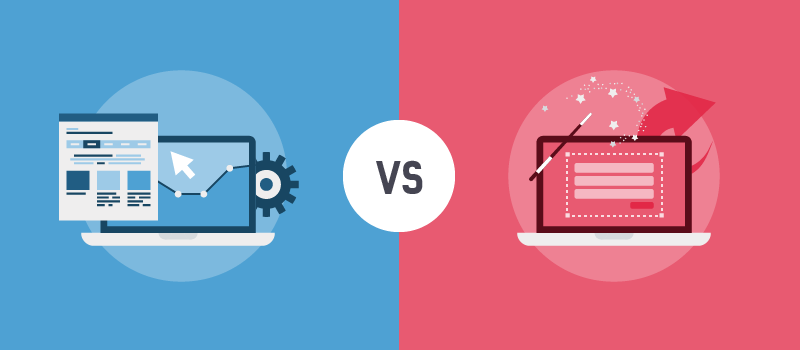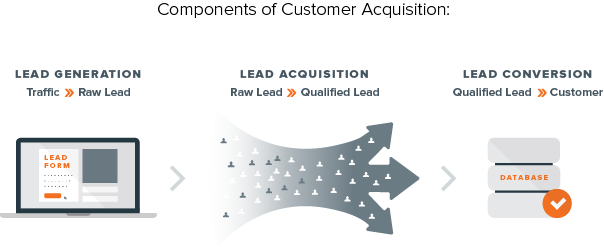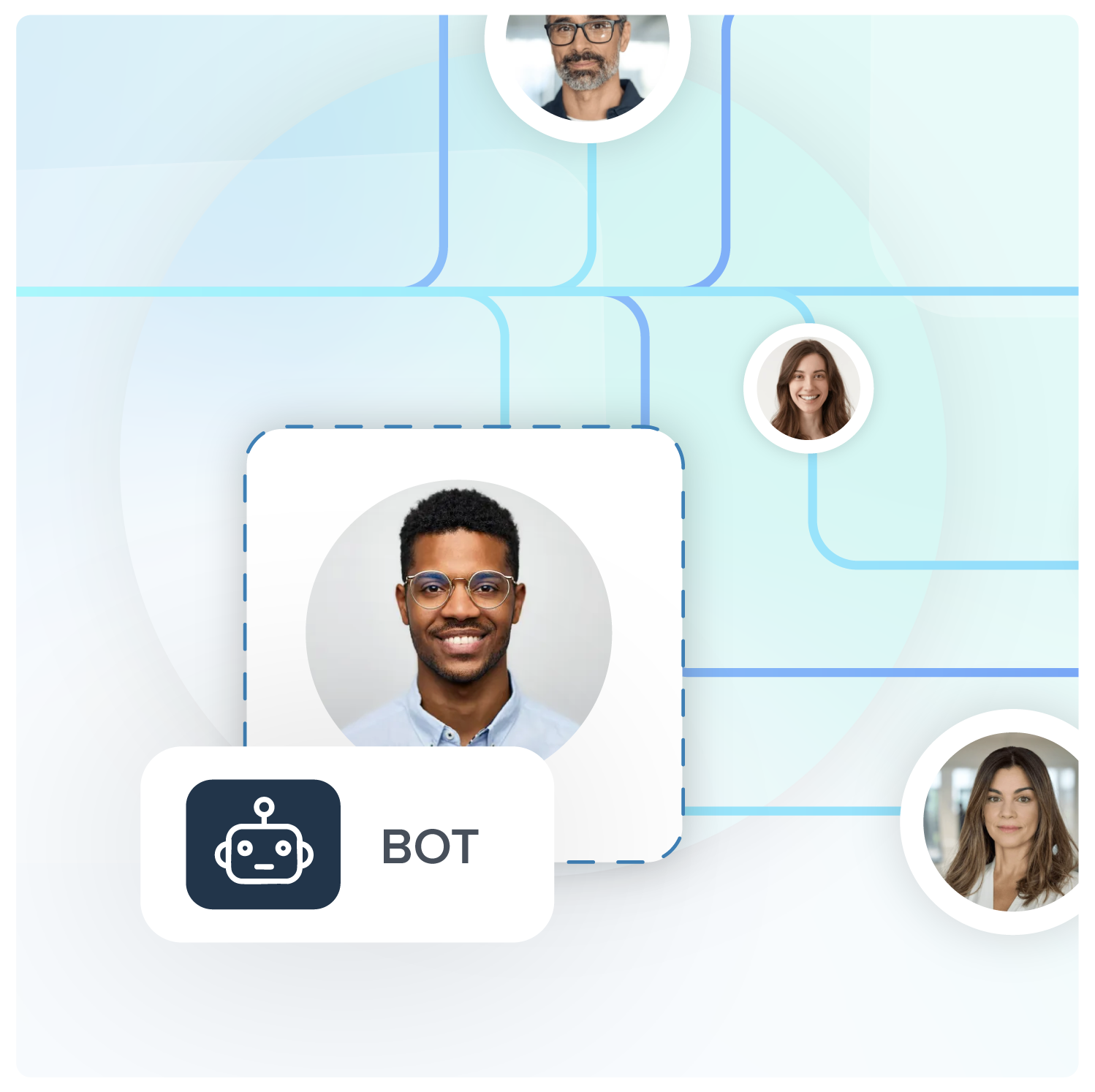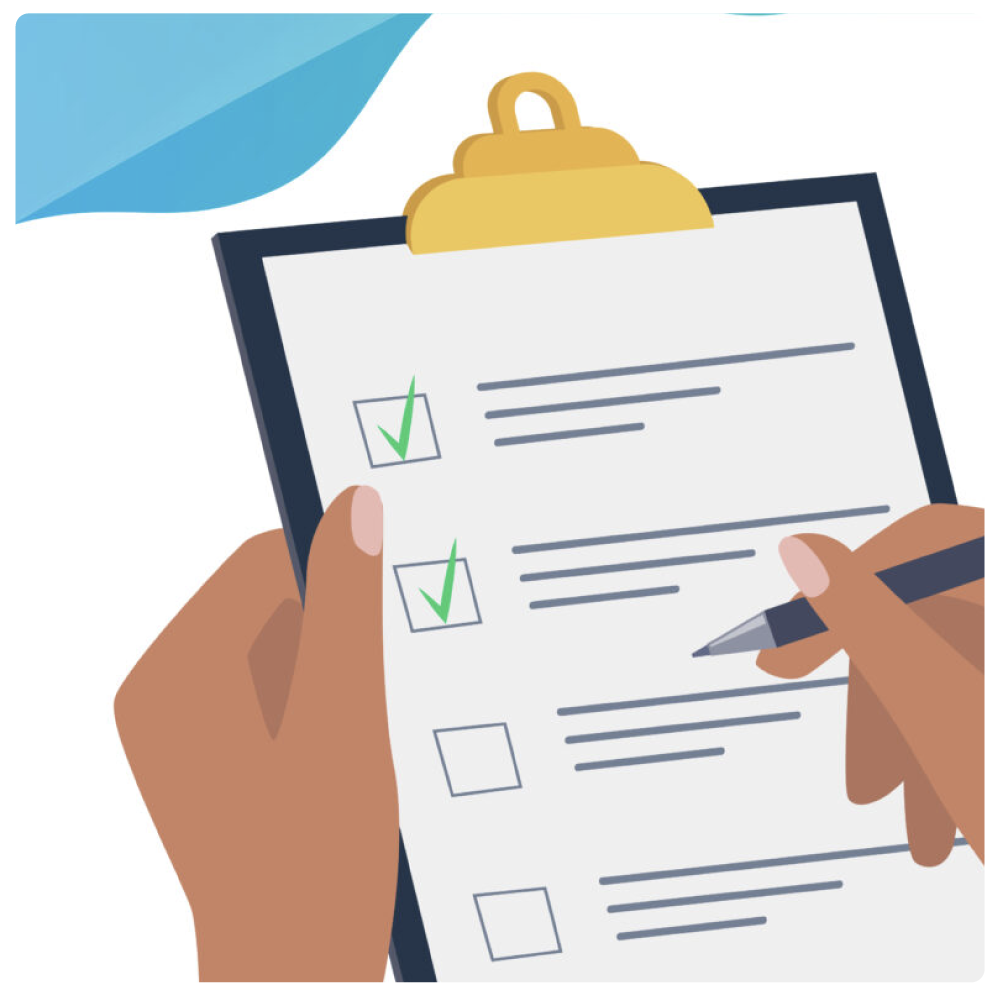Lead generation vs. lead acquisition: What is the difference?

The phrases “lead generation” and “lead acquisition” are two closely related terms with different meanings that are often conflated. While they both fall under the “customer acquisition” category, each refers to different parts of the customer acquisition process.
Because it is common for these terms to be used interchangeably, and I’ve never read an article differentiating the two, I’ll explain the differences here. After all, understanding the difference is critical to building a scalable, efficient marketing funnel.
What is lead generation?
Lead generation is the process of attracting potential customers and encouraging them to share their contact information, typically through a web form (since the term “lead” is used in many ways, I’ll limit the scope of this article to digital marketing and define a lead as a consumer who has filled out a web form requesting to be contacted about goods or services). In some B2B contexts, this can be complemented by prospecting tools such as a Linkedin email finder that help identify accurate contact details for outreach.
It begins with media buying (such as Google Ads, Facebook Ads, or native advertising), supported by content creation and landing page optimization. Alongside these methods, many B2B companies actively scrape Google for leads by extracting public data from sources like Google Maps to build highly targeted prospecting lists. For example, if you buy search traffic on Google with the goal of convincing those site visitors to submit a form on your site, you are generating leads.
Similarly, buying pre-qualified leads for a specific vertical, like real estate or insurance, falls under the broader lead generation umbrella, even if you’re not generating them directly.
This process involves targeting the right audience, driving traffic, and converting that traffic into leads. It’s a specialized function requiring roles like media buyers, affiliate managers, and conversion rate optimization (CRO) experts who fine-tune every element to increase form submissions and reduce cost per lead.
A lead can also be a consumer requesting contact by a salesperson, an email newsletter subscriber, or someone downloading marketing content in exchange for their contact information. These are also known as internet leads or web leads.
In this modern context, where platforms like TikTok play a significant role in digital marketing strategies, understanding how to effectively get TikTok followers can also be seen as a form of lead generation, encouraging users to engage more deeply with your brand.
This adds a new dimension to the lead generation process, reflecting the evolving nature of customer interaction in the digital age.
What is lead acquisition?
Lead acquisition is about what happens after a lead is generated on a form. It covers the process of capturing, filtering, enhancing and delivering leads to your various systems. This includes, but isn’t limited to, the practice of purchasing leads from third-party lead vendors.
For example, if you buy a mortgage lead from LendingTree, you acquire the lead. LendingTree is the company that generated the lead. The goal is to make sure the highest quality leads from any source make it into the appropriate conversion process, while blocking those that don’t meet your criteria.
Digivate for conversion rate optimization focuses on refining that process, ensuring that once leads enter the funnel, they’re guided through a seamless experience that maximizes the likelihood of conversion.
Think of a lead acquisition strategy as the infrastructure that only allows the right leads into your funnel.
How to build a lead acquisition strategy
Creating a solid lead acquisition strategy means building the processes and systems to help ensure every lead you acquire is usable, compliant, and routed efficiently. Done right, it can also amplify your lead generation by improving conversion readiness from the very first touchpoint. Here’s how to do it:
- Map your lead sources: Identify where leads are coming from: paid channels, organic traffic, referral partners, or vendors.
- Implement real-time validation: Use tools to confirm contact info, detect duplicates, and block junk leads the moment they enter your funnel.
- Score and prioritize leads: Apply lead scoring models to prioritize leads most likely to convert. Use custom rules based on demographics, behaviors, or fit.
- Maintain compliance: Track consent to stay compliant with regulations like TCPA. Use proof-of-consent tools to protect your brand.
- Route intelligently: Send leads to the right destination in real time, whether that’s a cloud-based CRM system, call center, or email platform, based on rules you define.
- Measure and optimize: Monitor source performance, lead quality, and downstream outcomes to fine-tune your acquisition efforts.
To further clarify the difference between these two areas, let’s look at some key differences:
Lead generation vs. lead acquisition
Understanding lead generation vs. lead acquisition requires examining their distinct roles in the marketing stack.
Lead generation
- Primary goal: Attracting potential customers and converting site visitors into leads
- Key activities: Media buying, landing page optimization, SEO, AI content marketing
- Lead source: Typically refers to the media channel (traffic source) that generated the lead (attribution is a big challenge as it’s not always clear which source drove the lead).
- Conversion rate: % of visitors who become leads
- Tech stack: Ad platforms, analytics, website CMS, form builders
- Example metrics: Click-through rate (CTR), form fills

Lead acquisition
- Primary goal: Filter, enhance, and deliver leads to internal systems
- Key activities: Lead validation, scoring, routing, consent verification
- Lead source: Usually either the flipbook/website/ landing page where the lead was captured, or the lead vendor that provided it. I prefer to distinguish these two by differentiating between traffic source and lead source.
- Conversion rate: % of leads who become customers
- Tech stack: Lead management software, API integrations, verification tools
- Example metrics: Lead quality score, acceptance rate, compliance status
In short, lead generation is about getting people to raise their hands, while lead acquisition is about making sure those hands are worth shaking.
How TrustedForm and LeadConduit power lead generation and lead acquisition
ActiveProspect offers two powerful tools that enhance both lead generation and lead acquisition:
TrustedForm
TrustedForm helps document and verify consent for TCPA compliance while providing transparency into the consumer experience, origination, and authenticity of leads. TrustedForm is an essential tool for lead generation and lead acquisition.
With TrustedForm, lead generators can protect their brand, reduce legal risk, and provide a competitive edge when working with lead buyers or downstream partners. For those acquiring leads, TrustedForm lets you reject non-compliant leads and mitigates TCPA risk when buying leads from third-party sources.
LeadConduit
Our LeadConduit platform is an example of lead acquisition software and acts as the central nervous system of any successful lead acquisition operation.
LeadConduit integrates with various other services involved in the lead acquisition process, like: lead verification/validation, lead scoring, data append services, and lead certification (to verify and document proof of consent for TCPA/CASL compliance).
It also enables data enrichment to provide deeper context on each lead, improving qualification and routing.
Final thoughts
Understanding the difference between lead generation and lead acquisition remains vital to assembling the appropriate marketing stack for your entire customer acquisition process. Using technology designed specifically to handle each step of the process enables marketers to easily iterate and optimize existing and future campaigns.
By clearly defining and optimizing each phase and leveraging tools like TrustedForm and LeadConduit, you can build a comprehensive, high-performance strategy.
Optimize your lead generation/acquisition efforts today.






